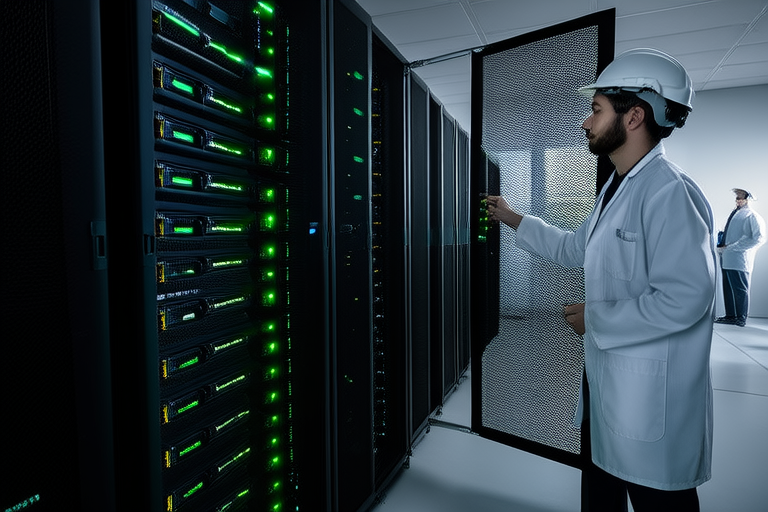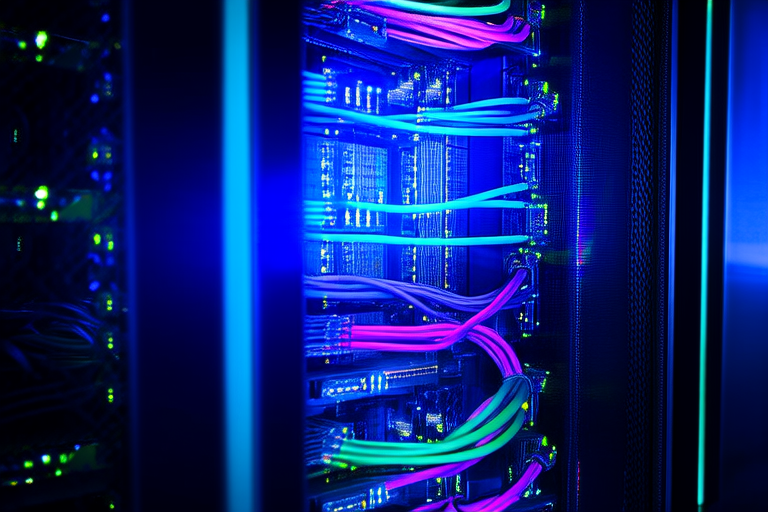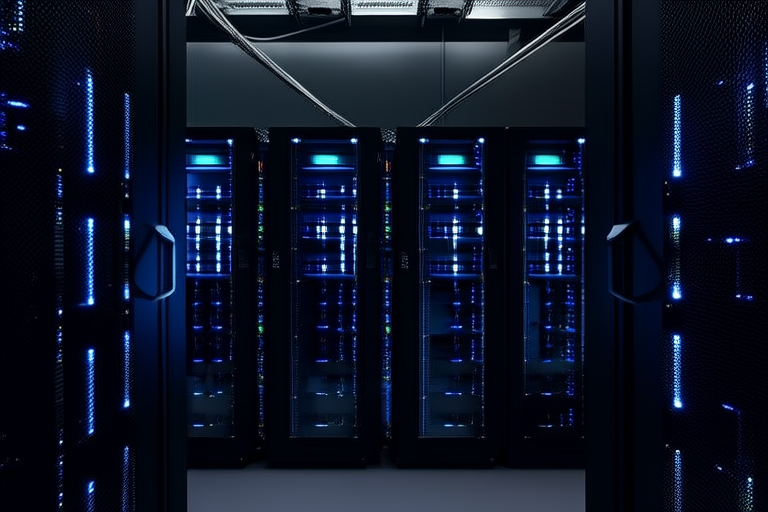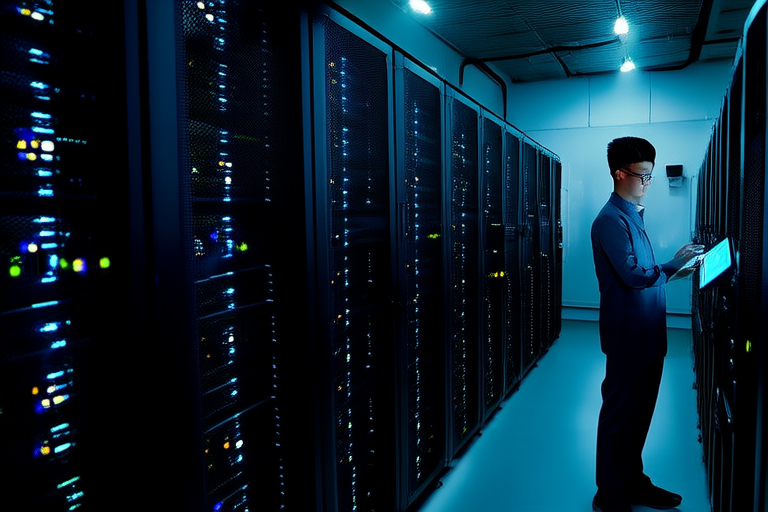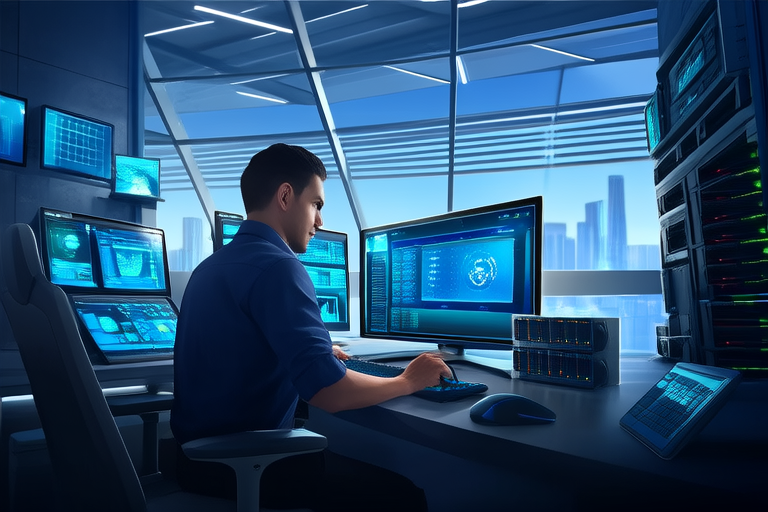Cloud vs. Edge: Unpacking the Future of Computing Architectures
Introduction: Defining Cloud and Edge Computing
In today’s rapidly evolving technological landscape, two computing paradigms are reshaping how data is processed, stored, and utilized: cloud computing and edge computing. Cloud computing refers to the delivery of computing services over the internet, enabling users to access resources such as storage, processing power, and applications on-demand without the need for local infrastructure. This centralized model has revolutionized industries by offering scalability, flexibility, and cost efficiency.
On the other hand, edge computing represents a decentralized approach where data processing occurs closer to the source of data generation, often at the “edge” of the network. This architecture minimizes reliance on distant data centers by leveraging local devices or nearby servers to handle computations. Edge computing is particularly suited for scenarios requiring real-time responses and reduced latency, making it an increasingly vital component in modern computing ecosystems.
Architectural Differences Between Cloud and Edge Computing
The fundamental distinction between cloud and edge computing lies in their architectural design. Cloud computing operates on a centralized model, with data being transmitted to remote data centers for processing and storage. These data centers are typically located in geographically dispersed regions and managed by third-party providers. The centralized nature of cloud computing allows for efficient resource pooling, global accessibility, and seamless updates, but it also introduces challenges related to bandwidth and latency.
Edge computing, by contrast, adopts a distributed architecture. Data processing tasks are performed on local devices, such as IoT sensors, gateways, or edge servers, which are physically closer to the end-user or data source. This proximity reduces the distance data must travel, enabling faster decision-making and reducing the burden on network infrastructure. While edge computing enhances performance for specific use cases, it requires careful planning to ensure interoperability and manage limited computational resources.
Performance and Latency: A Critical Comparison
One of the most significant factors influencing the choice between cloud and edge computing is performance, particularly in terms of latency. Latency refers to the time it takes for data to travel from its source to its destination and back, impacting the responsiveness of applications. Cloud computing, due to its reliance on distant data centers, often experiences higher latency, especially when dealing with large volumes of data or real-time interactions.
Edge computing addresses this challenge by processing data locally, drastically reducing latency. For example, in autonomous vehicles or industrial automation systems, even milliseconds of delay can have critical consequences. By performing computations at the edge, these systems can make instantaneous decisions without waiting for data to traverse long distances. However, while edge computing excels in low-latency scenarios, it may lack the extensive computational power and storage capacity offered by cloud environments, necessitating a hybrid approach in many cases.
Use Cases: When to Choose Cloud or Edge Computing
The suitability of cloud versus edge computing depends largely on the specific requirements of the application. Cloud computing is ideal for workloads that demand high scalability, extensive storage, and complex analytics. For instance, businesses leveraging big data analytics, machine learning, or software-as-a-service (SaaS) platforms benefit significantly from the cloud’s robust infrastructure and centralized management capabilities.
Edge computing, meanwhile, shines in scenarios where real-time processing and minimal latency are paramount. Examples include smart cities, where traffic lights adjust dynamically based on vehicle flow; healthcare, where wearable devices monitor patients’ vital signs and trigger alerts; and retail, where inventory systems update instantly based on shelf sensors. Additionally, edge computing is crucial in environments with limited or unreliable connectivity, such as remote oil rigs or disaster zones, where local processing ensures continuity of operations.
Security Considerations in Cloud and Edge Computing
Security remains a critical concern in both cloud and edge computing architectures, albeit with different challenges. In cloud computing, data is transmitted across networks to centralized data centers, making it vulnerable to interception, unauthorized access, and cyberattacks. To mitigate these risks, cloud providers implement advanced encryption protocols, multi-factor authentication, and regular security audits. However, the shared responsibility model means that users must also take proactive measures to secure their data.
Edge computing introduces its own set of security challenges. With data being processed on numerous distributed devices, the attack surface expands, increasing the risk of breaches. Furthermore, edge devices often operate in uncontrolled environments, making them susceptible to physical tampering. To address these concerns, organizations must adopt robust device authentication mechanisms, firmware updates, and intrusion detection systems. A hybrid approach combining the strengths of both models can provide a balanced security framework, ensuring data protection across the entire computing continuum.
Conclusion: The Future Outlook of Cloud and Edge Computing
As technology continues to advance, the interplay between cloud and edge computing will shape the future of digital transformation. Rather than viewing these paradigms as competing forces, they should be seen as complementary solutions that address distinct needs within the computing ecosystem. Cloud computing will remain indispensable for applications requiring massive scalability, centralized control, and deep analytics, while edge computing will play a pivotal role in enabling real-time, localized decision-making.
The convergence of these technologies—often referred to as “cloud-edge synergy”—is likely to drive innovation across industries, unlocking new possibilities in areas such as artificial intelligence, the Internet of Things (IoT), and 5G networks. Organizations must carefully evaluate their operational requirements, balancing the trade-offs between centralized and decentralized architectures to harness the full potential of these transformative technologies. As the boundaries between cloud and edge blur, the future promises a dynamic and interconnected computing landscape that prioritizes efficiency, agility, and resilience.
